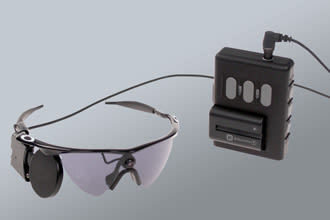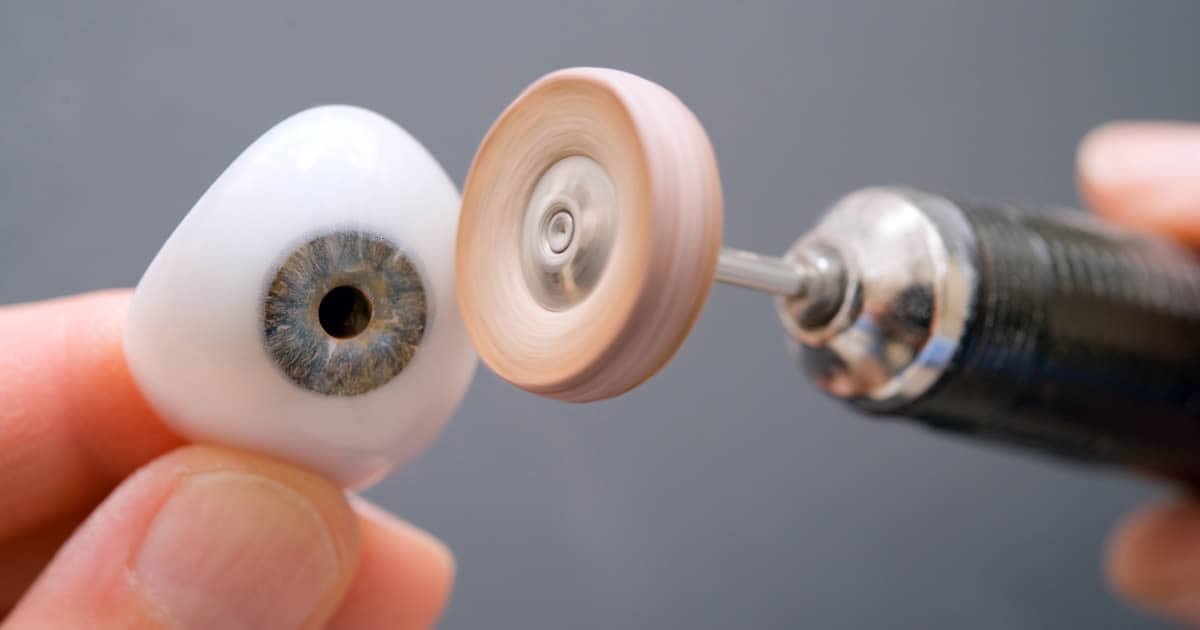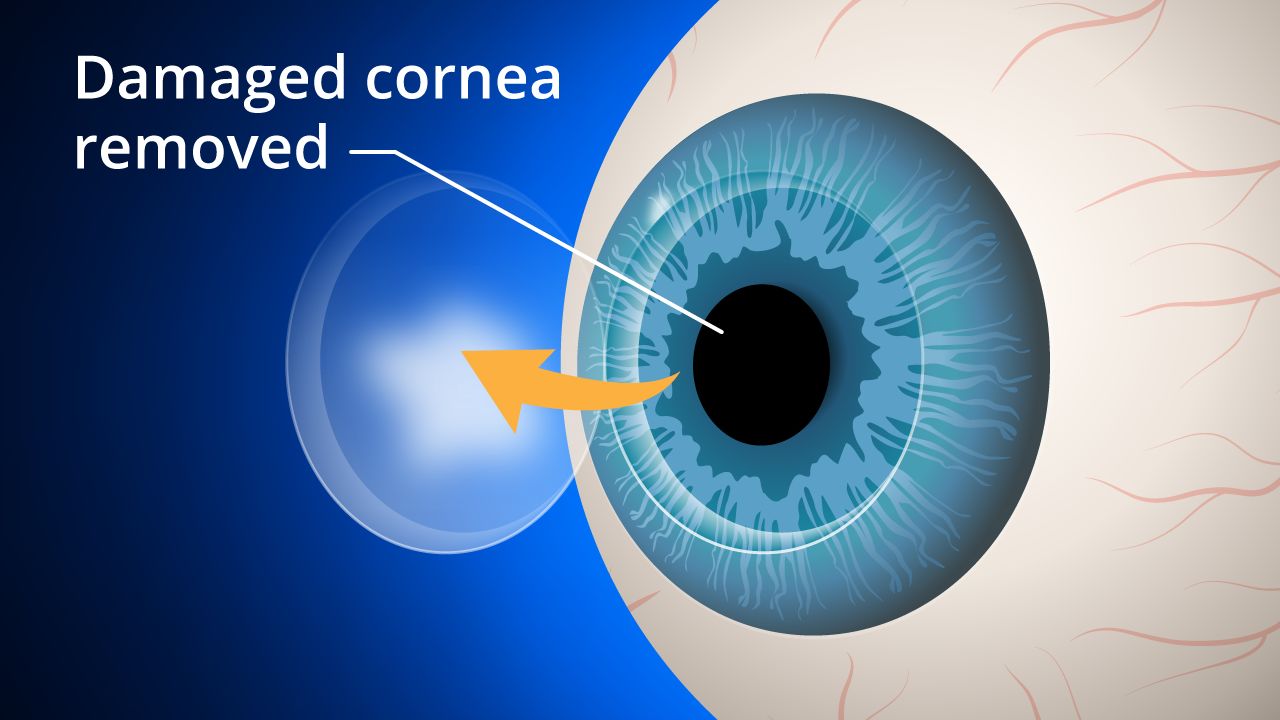With nearly 40 million people suffering from blindness worldwide and another 124 million affected by low vision, it's no surprise that researchers are intent on developing novel ways to restore sight. One such effort is the development of a so-called bionic eye or bionic eye implants.
Bionic eye scientists have one common goal: to develop technology that's as effective for visual disabilities as cochlear implants have become for auditory ones. But different scientists' methods for achieving this vary. What's more, bionic eye technology is still in its infancy compared with cochlear implants for hearing loss.
Several bionic eye implants are in development, but currently only one is available in the United States, and it is suitable only for blindness caused by specific eye diseases. However, as research continues, more and more people may soon benefit from high-tech bionic eyes.
Bionic eyes do more than prosthetic eyes
A bionic eye is not the same thing as a prosthetic eye. Prosthetic eyes (also called "glass eyes" or "artificial eyes") replace the physical structure and appearance of an eye that must be removed due to trauma, pain, disfigurement or disease. Bionic eye implants, on the other hand, work inside the existing eye structures or in the brain. They are designed to achieve functional vision goals — as opposed to physical, cosmetic ones.


The Argus II Retinal Prosthesis System consists of a tiny eyeglasses-mounted camera and a transmitter that wirelessly sends signals to an electrode array that is implanted onto the damaged retina of a blind person.
Just as there is no single cause for blindness, there's likewise no one cure. To determine whether a bionic eye could help you see, it's important to know the reason(s) for your vision loss.
The process of sight begins when light enters the eye. The cornea and lens focus light onto the retina at the back of the eyeball. Light-sensitive cells in the retina then convert the focused light into electrical energy, which is transported to the brain via the optic nerve.
In blind people, part of this process doesn't work. In some cases, the cornea or lens are damaged or diseased, or the retina can't perceive light. In others, the signal is lost somewhere along the visual pathway in the brain.
Different bionic eye models take aim at different target areas in the visual pathway. Currently, retinal implants are the only approved and commercially available bionic eyes, though cornea transplants and cataract surgery can replace the cornea and lens if these structures are clouded or are incapable of focusing light for other reasons.
SEE RELATED: Tarsorrhaphy
Who can benefit from currently available bionic eyes?
In the United States, the FDA has approved just one commercially available bionic eye system. The device, called the Argus II Retinal Prosthesis System, was developed by a California-based company called Second Sight Medical Products.
The Argus II has been used to restore some level of visual perception to hundreds of individuals with severe retinitis pigmentosa — a disease that affects one in 5,000 people. According to Second Sight, the Argus II device has been implanted in the eyes of more than 350 individuals worldwide.
How retinal implants restore sight
The Argus II is a two-part system: It includes a small camera that is mounted on a pair of eyeglasses and a tiny array of electrodes that is implanted in the back of the eye, on the retina.






